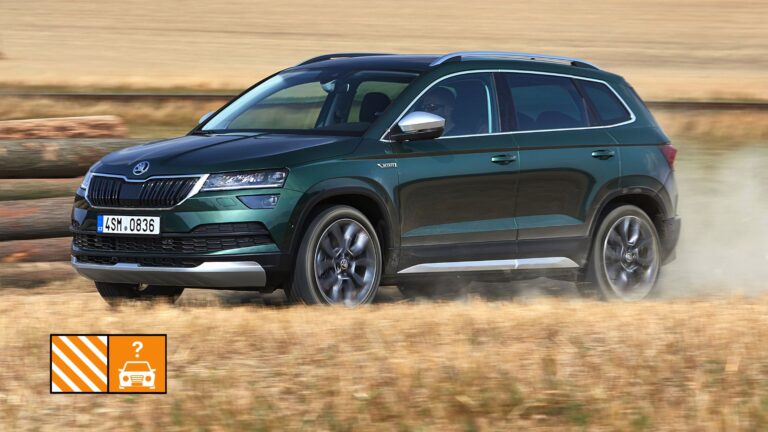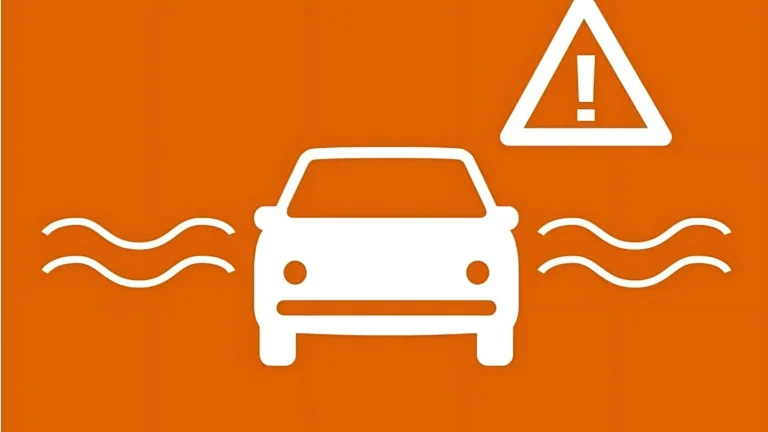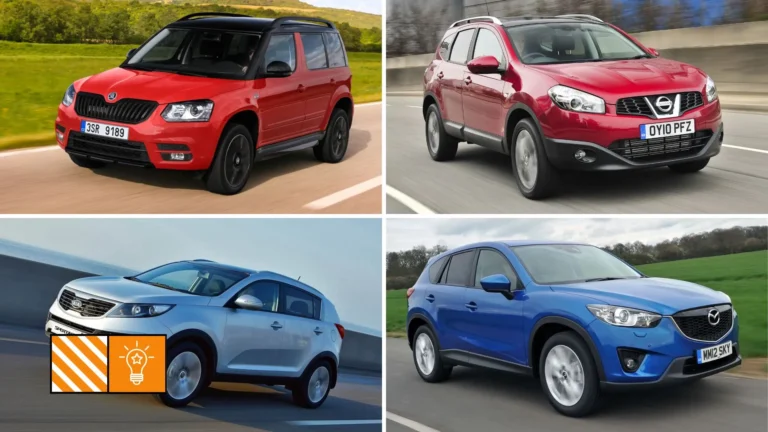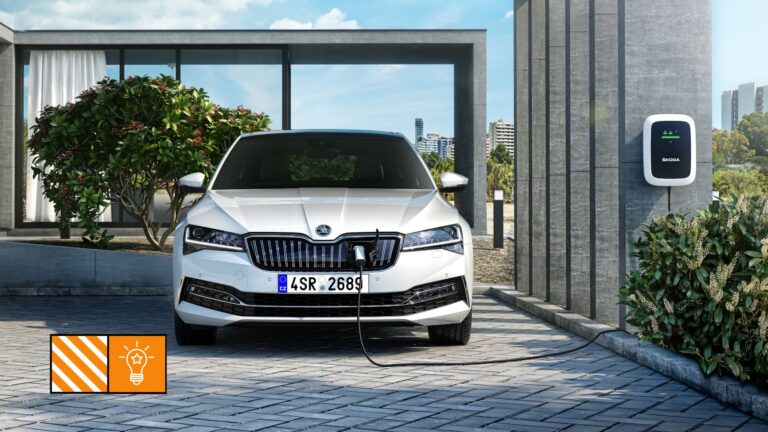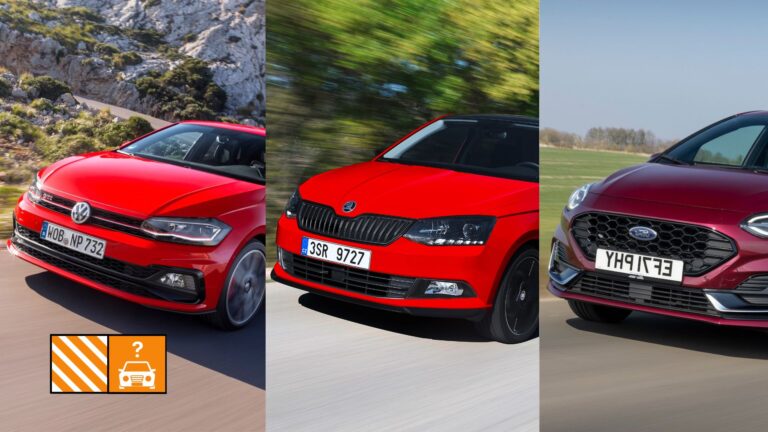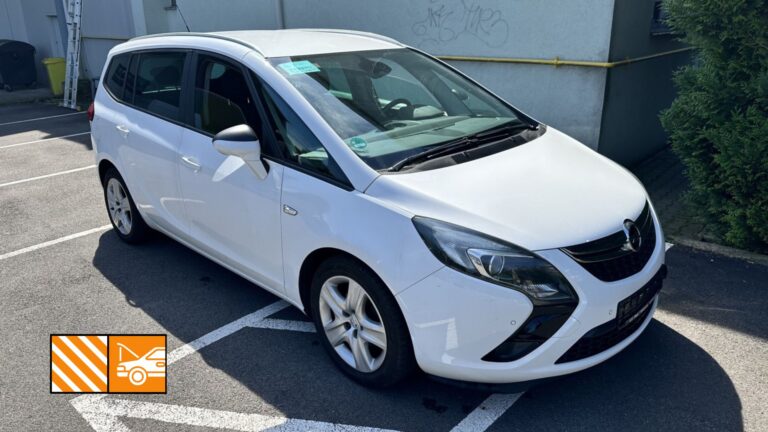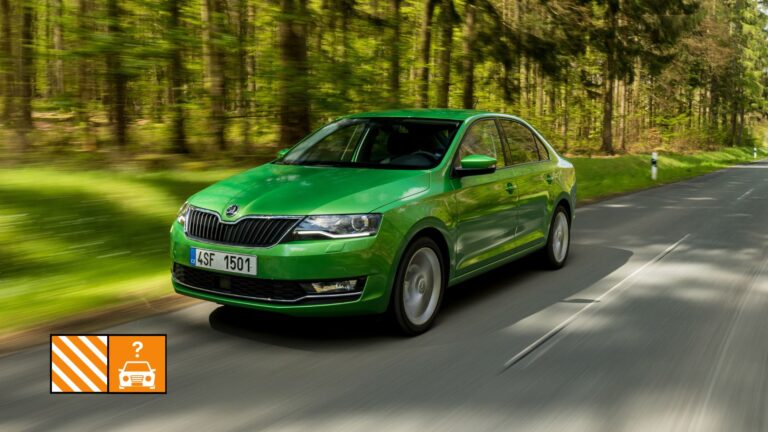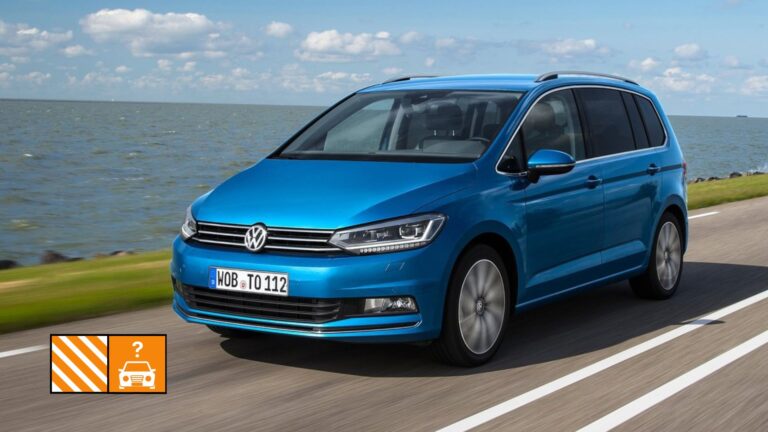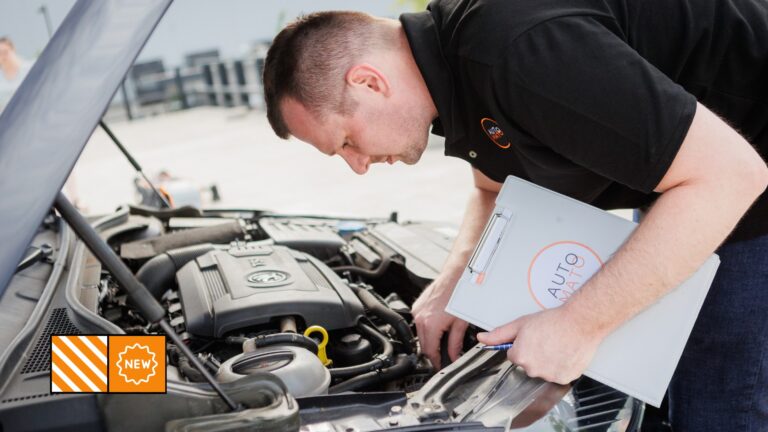What assistants do you need in your car and which ones would you be happy to do without?
- Advice and tips
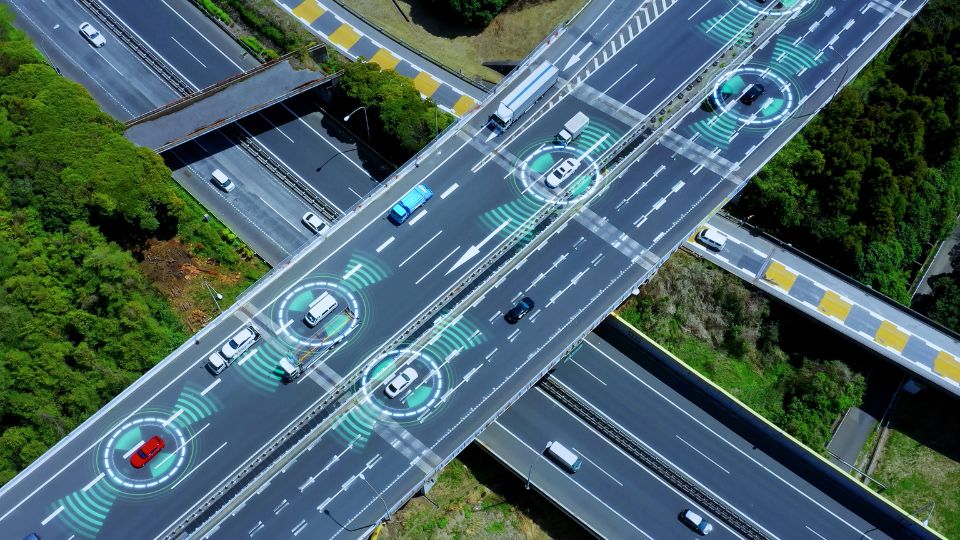
Cars today are true technological marvels that are constantly developing and improving new functions and systems. The goal of these innovations is to make life easier for drivers and increase safety on our roads. One of these innovations is the assistance systems or assistants in the car that help us with driving and keep us safe. However, not all assistants are equally necessary for every driver. In this article, we will look at a few basic assistants and find out what their real benefits are. What assistants do you need in your car and which ones would you be happy to do without?
1. ABS (Anti-lock Braking System)
ABS is a key assistant that should not be missing in any car. This system prevents the wheels from locking during braking, which can be crucial especially during sudden braking or on slippery surfaces. ABS ensures that the vehicle remains controllable even during intensive braking and thus significantly increases driving safety. ABS is now standard equipment in most cars and its benefits are undeniable.
2. ESP (Electronic Stability Program)
Another indispensable assistant is ESP. This system helps maintain vehicle stability, even in difficult driving conditions or during sudden maneuvers. ESP can detect a loss of vehicle stability and activate the brakes of individual wheels to bring the vehicle back into the correct position.
3. Adaptive cruise control
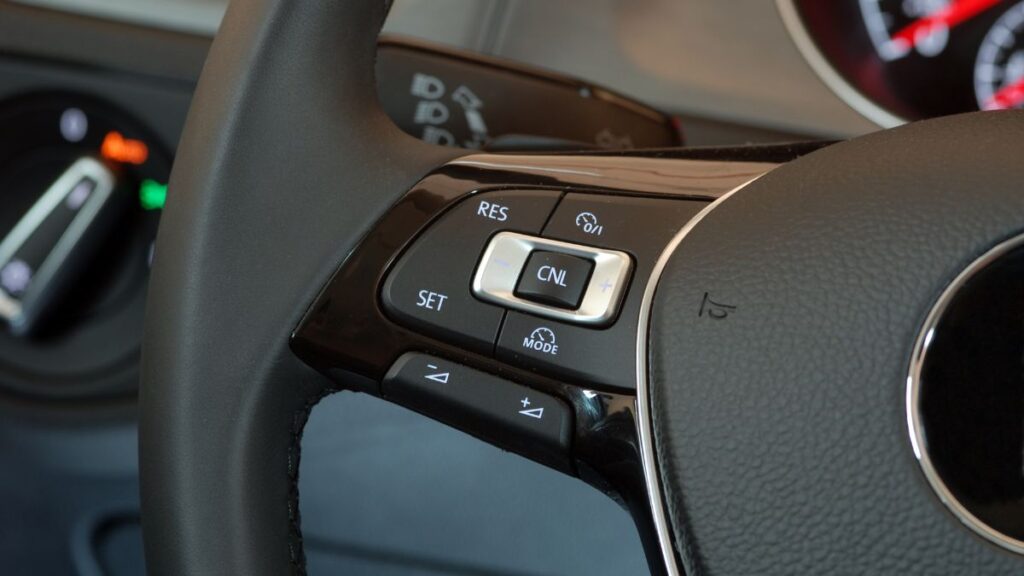
Adaptive cruise control is one of the modern assistants that makes driving much easier. This system maintains a constant speed of the car, but at the same time can automatically adjust the speed according to other cars on the road. This is very useful especially on long trips, when the driver can easily lose attention. What assistants in the car do you need and which ones would you be happy to do without?
4. Parking assistance systems
Parking assist systems are another very practical helper. Sensors or cameras can detect obstacles around the car and help the driver when parking in tight spaces, which can save not only time but also nerves.
5. Blind spot monitoring system
Blind spot monitoring is an assistant that helps us with safety when changing lanes. This system monitors the so-called blind spot, i.e. the areas that the driver cannot see in the mirrors, and warns him of vehicles that are in these areas.
Checking assistance systems when buying a used car
When buying a used car, it is important to check not only its physical condition, but also the functionality of all assistance systems. These systems are crucial for driving safety and comfort, so checking them before buying a car is absolutely essential. For a layman, this check can be a challenge, so it is advisable to contact an experienced technician or mechanicwho has experience with these systems.

A professional will be able to check and verify the functionality of all assistance systems, as well as assess any wear or damage. They can also provide you with valuable advice on how to maintain and care for these devices to ensure they last as long as possible and provide you with the best possible service.
So, when buying a used car, you should not underestimate checking assistance systems. High-quality and functional assistants can significantly improve your driving, increase your safety on the roads and also contribute to a longer life of the car. Therefore, it is always best to invest in a thorough inspection in advance, which can save you not only money, but also potential problems in the future. Safety should always come first, and this is doubly true when it comes to driving in a car.
6. Lane Tracking System
Lane Departure Warning is another useful assistant that warns the driver if they start to drift out of their lane without activating their turn signals. This system can help prevent accidents caused by driver negligence or fatigue.
7. Traffic sign recognition system

The traffic sign recognition system is another useful assistant that helps drivers comply with the rules of the road. This system scans traffic signs and informs the driver of current restrictions and rules.
8. Automatic situation recognition and emergency braking
This system uses sensors and cameras to monitor the vehicle's surroundings and detect potential hazards, such as other vehicles, pedestrians or cyclists. If the system detects a risk of collision, it automatically applies the brakes. In some situations, the system can even prevent an accident altogether.
9. Driver fatigue monitoring system
Driver fatigue monitoring systems are particularly useful on long journeys. They monitor the driver’s behaviour and performance and, if they detect signs of fatigue, alert them to the need for rest. For example, the system can monitor how long the driver keeps their hands on the steering wheel, how often they blink, or how they move within their lane.
10. Night driving assistant
Driving at night can be more challenging than driving during the day due to reduced visibility. Night Driving Assist uses special infrared cameras and other sensors to help the driver see the road and the vehicle's surroundings better. The information from these sensors is then processed and displayed on the in-car display, giving the driver a clear and detailed view of the surroundings.
It is important to remember that all these assistance systems are only supplementary tools and should not replace the driver's attention and skills. Road safety depends primarily on our behavior and responsibility behind the wheel.
Follow us through our social networks, Don't miss any news.
